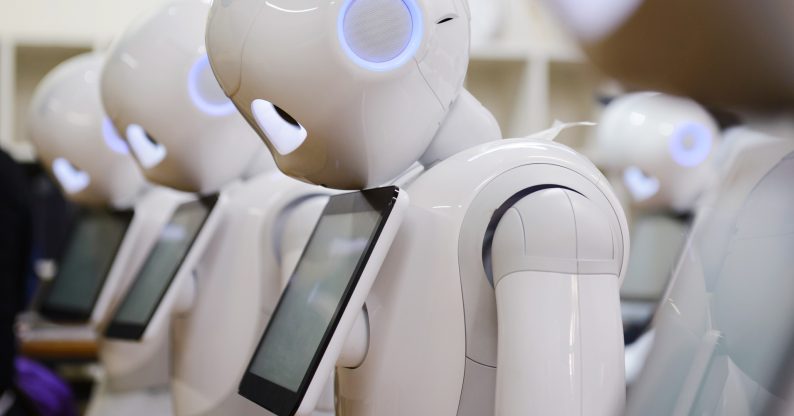
Every month, we will take a look at one of the big emerging trends in the business (and, for our purposes, investing) world. First, we will examine the trend, and then spend the month looking at stocks that will benefit – or be challenged by – that trend going forward. Hopefully, we can identify some attractive stocks to consider, as well as some to stay away from.
For December, we are going to focus on one of the most covered, hyped – and probably most important – trends invading the business world today. And that is the emergence of robotics and artificial intelligence (AI) across nearly all business sectors, from industrial to service to consumer products.
So what is this important new trend and how will it effect business – and, by proxy, investment – going forward?
Building Upon Prior Mega-Trends
Robotics and AI are simply the next phase of a trend that has been developing since the 1700’s – that of machines becoming sophisticated enough to replace human labor to complete work tasks faster, cheaper, more safely, and with better quality.
In essence, throughout history machines have increased productivity, allowing us to accomplish the same amount of work with less human effort.
Before the first industrial revolution, humans did most work manually. Sure, there were tools, and some primitive powered machines like water and windmills. But the key point is that these tools and machines were collaborative. That is, they were designed to assist humans to make work tasks easier or faster – not to replace human labor entirely. Productivity gains were modest but meaningful.
In the late 1700’s, this began to change. Britain’s trading empire of the 17th and 18th centuries created substantial wealth, freeing up time and labor to develop new technologies to increase productivity. Inventors of the day harnessed water and steam power to create powered machines that could do the work of 10, 20, 50 or more people in the same amount of time with the same or better quality. The textile industry – one of the largest of the time – saw productivity per worker increase by over 50 times as inventions such as the cotton gin (1793), the power loom (1785), and cotton spinners did previously manual work in a fraction of the time. The development of the steam engine was a huge invention that led to numerous advances. One of these was the rise of machine tools like lathes, planers, and boring machines – all dramatically increasing productivity of smiths, carpenters, and other craftsmen.
This was known as the first industrial revolution.
In the second industrial revolution, electrification and the internal combustion engine led to the assembly line, and advances allowing cheaper mass production of steel led to the build-out of railroads, allowing goods to be distributed at bulk across long distances. Instead of artisans or craftsman completing products by hand, production across nearly all industrial segments was converted to factories in which relatively unskilled labor could learn one task and create products far more cheaply at scale.














Leave A Comment